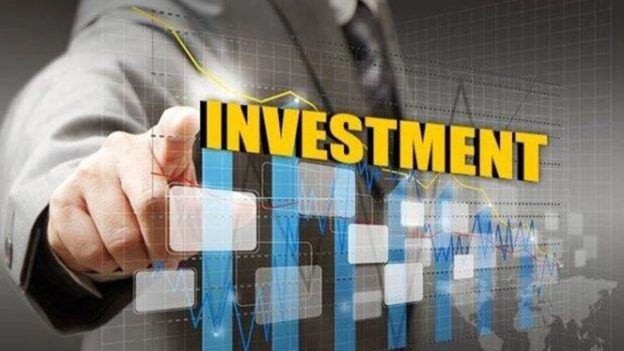As the private equity industry emerges from a tumultuous 2022—marked by volatile macroeconomic conditions driven by soaring interests and geopolitical tensions—its participants are bracing for another challenging year.
We reached out to dealmakers, investors, investment bankers and other service providers to get their take on what the industry will need to prepare for in 2023.
Investors to look for alternatives amid a tightened debt market
Leverage for buyouts has become increasingly difficult to secure via public markets. At the same time, many banks with hung debt—debt underwritten before the market tightened—have struggled to sell it on the secondary market.
“The high-yield market basically collapsed in the middle of 2022,” Jason Radford, global co-head of M&A at law firm Ashurst, said. “And big deals, even with large US sponsors, just weren’t getting done, and they will be having to look at bridge financing.”
However, he added that for certain sectors such as core infrastructure the long-term institutional debt markets have stayed reasonably robust.
One mechanism that grew in popularity in 2022, and that is predicted to be a feature going forward, is earnouts. An earnout provision entitles a seller to additional compensation down the road if the sold business achieves certain financial milestones.
“It went from a situation where an earnout was never acceptable, to a situation in which now it’s almost becoming commonplace on most deals,” Braeden Donnelly, PE partner at Ashurst, said.
PE expected to prioritize real assets as strategies shift
In 2022, some of the largest European buyouts involved infrastructure because the sector has a degree of insulation from inflation, which peaked last year.
Vytautas Plunksnis, head of private equity at INVL, thinks this trend should continue in 2023.
“In turbulent times, when rising interest rates and geopolitical tensions lead to volatility in all asset classes, investors tend to lean towards real assets,” he said. “Given high energy prices, renewables also should stay in high demand.”
The link between rising inflation and PE’s penchant for infrastructure assets is underlined by Mikael Karlsson, CIO at Actis.
“The growth in inflation has made the argument to invest in infrastructure more compelling as it tends to outperform in a high-inflation environment,” Karlsson said.
“Sustainable infrastructure often has inflation-adjusted revenue streams built into contracts, generating predictable cash flows with compelling risk-adjusted returns,” he added.
Speaking more generally, 17Capital managing director Stephen Quinn discussed what PE firms will be looking for in potential targets. He said sectors and businesses with high revenue visibility, mission critical services and strong cash conversion will remain very much “in vogue.”
Ashurst’s Donnelly agrees, stating that his clients are interested in companies with government-backed revenues and are therefore more resistant to market cycles, including a possible recession this year.
Holding periods set to grow
As valuations drop and exits become more challenging, funds are expected to hold onto their portfolio investments for longer. 17Capital’s Quinn said that this trend doesn’t mean managers will be “sitting on their hands.” Rather, they will continue to look to invest and grow their portfolios or provide their investors with some interim liquidity given extended holding periods.
Vinay Ghai, managing director of European sponsor coverage at investment bank Robert W. Baird, concurs, stating that while there has been a contraction of holding periods in recent years, we’re likely to see the return of 4 to 6 year periods as longer times are needed to generate value before crystalizing gains.
While some have voiced their concerns over the use of secondaries in PE, their use is growing and being discussed with sponsors’ legal representatives. Donnelly said that he has had conversations with clients about how they are able to continue their investments beyond the “usual life cycle” using these vehicles.
Deal type impacted by the cost of debt
PitchBook’s Q4 2022 European Private Capital Outlook highlighted that European take-privates could hit €30 billion (roughly $32 billion) in value for 2023, despite concerns over how the deals will be financed. This positive view is shared by Beatrice Reitano, head of investor relations for PE at European asset manager Pictet.
“Market conditions for take-privates look particularly attractive. Following the significant readjustment of valuations some companies, now undervalued, are becoming particularly interesting for private equity funds,” Reitano said.
The cost of debt may well be detrimental to add-ons, according to Ghai.
“It is expected that add-on activity will continue, but this activity is increasingly being constrained by debt,” Ghai said.
“Companies are constrained by having a certain amount of capacity before they open up the whole facility to new interest rates, so leverage is expected to have a big impact on overall activity in 2023,” he added.
https://pitchbook.com/news/articles/2023-Europe-PE-forecasts





